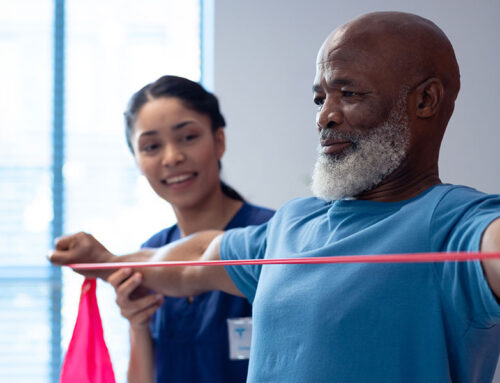For those eager enough to participate, we have just wrapped up Run Melbourne,one of the major distance runs in Melbourne for the year. We congratulate all who participated and survived the gruelling challenge. Unfortunately, we are left with the consequences of people pushing their bodies to the limit. This year’s common theme was ITB friction syndrome – more commonly know as ‘Runners Knee’. An unfortunate injury that is all too common among runners of all types. Hence, we have gone to the effort of sharing what this injury entails as well as the management and prevention strategies.
What is Runners Knee?
‘Runners Knee’ or ITB friction syndrome is an overuse injury to some of the soft tissue structures on the outside of the knee. It is characterized by sharp pain,usually when running, on the outside of the knee.
The ITB is a large band of connective tissue that runs from the hip down the outside of the thigh and attaches to the tibia and femoral condyle just below the knee joint.
ITB band friction syndrome is caused by the repetitive rubbing of the ITB against the bone on the outer side of the knee.
Muscle tightness to the Hip Flexors and Gluteus Maximus increases the tautness of the ITB and this equates to increased tension at the insertion into the knee.
What could I be doing wrong and how to avoid it?
- Wearing incorrect footwear – we recommend getting a foot assessment before purchasing any footwear
- Increasing training load too quickly – distances should be increased in a slow progression, no more then 10% per week to allow the body to get used to the increased amount
- No rest days – Easy. Have a rest day! The body does require time to recover
- Not warming up – The body needs an adequate warm up before launching into full stride. This could simply mean an easier start to the run with some slight stretching before turning the jets on.
- Inadequate strength – It is crucial to strengthen the core, gluteal and hip muscles to avoid a sole reliance on the knee muscles.
What can we do to help?
If in doubt you can always contact your Myotherapist for help in the following ways:
- A Running Assessment – to identify any weakness in your stride. E.g. shortening your stride length to avoid extra force through the joints.
- Muscular treatment – soft tissue therapies and dry needling for any areas that are struggling to release.
- A Home Treatment Program – specifically targeting the release and lengthening of the hip, gluteal and knee muscles. Utilizing spikey balls, foam rollers and stretching bands.
By using the above advice we will be able to manage and help prevent further cases of runners knee. As we look ahead in the calendar, the major event that pops out is the Melbourne Marathon in October. We wish everyone well on their preparation. If you’re ever in doubt about your running training, knee pain or any other issue that may arise please give us a call and we can make sure you get over that finishing line.
By Julian Timpano – Elite Myotherapist






